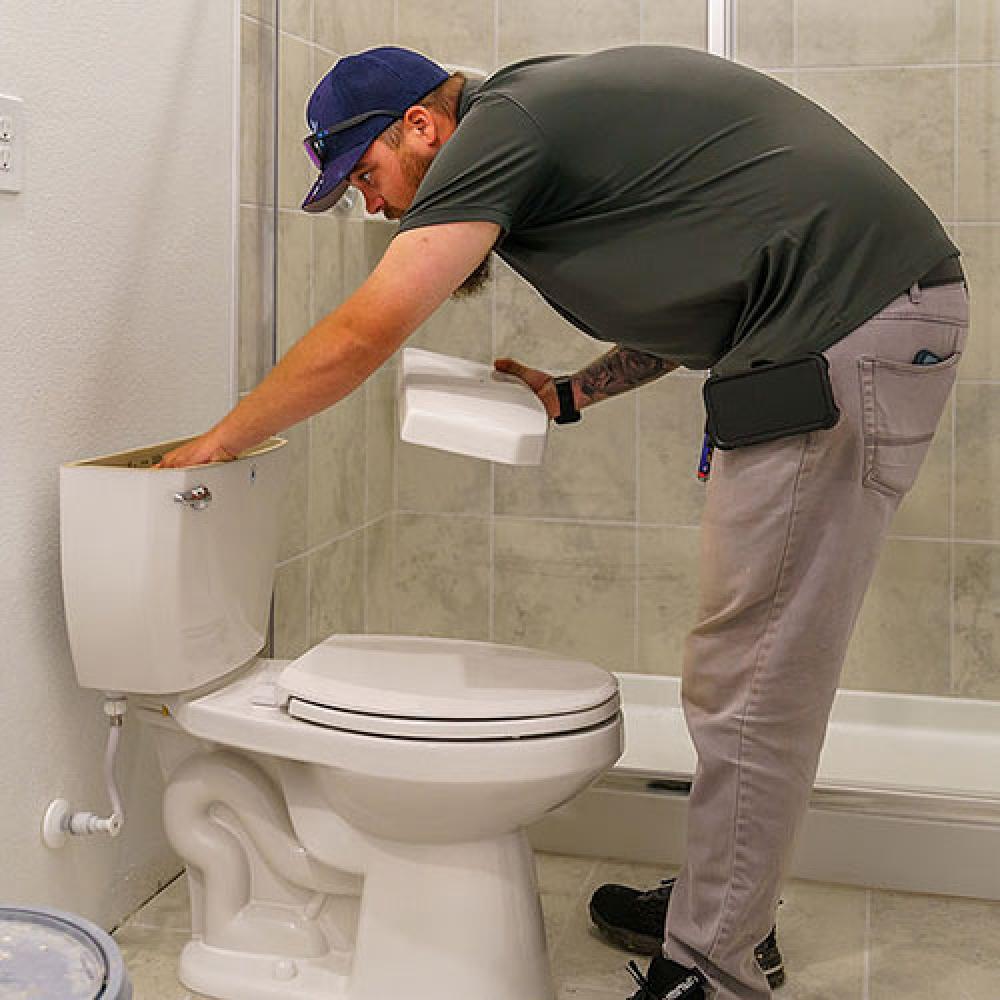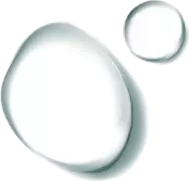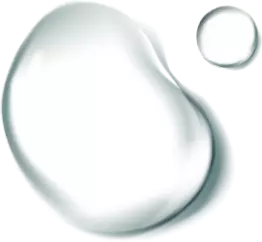


It's only two inspections
First inspection is the Toho Sewer Connection. This inspection verifies that the connection to the Toho clean-out is installed correctly and the required locate ball is in place.
Second inspection is the Toho Utility CO Inspection. This inspection verifies that the meter boxes and meters, clean-out pads, valves, curb markings, hydrants etc. are installed to Toho specifications.
If applicable, the Toho Efficiency Program (TEP) is automatically performed with the Toho Utility CO Inspection and consists of verifying the landscaping, irrigation and interior plumbing and appliances are installed to Toho’s approved TEP criteria.
Avoid unnecessary fees
Inspections should only be requested when the site is ready. Failed inspections will incur a $200 fee per failure.
Cancellations
Cancellations must include address, permit number, type of inspection and be emailed to TWACI@tohowater.com before 12.00 a.m. Inspections requested through the Development Portal must be canceled in the portal before 12:00 a.m.
Questions?
If you have any questions about the Sewer Connection or Utility CO Inspection, please contact Toho’s Senior Construction Inspector Joseph Jayne at 407-944-5020 or send an email to TWACI@tohowater.com.
Inspections Checklist
Expand All- The Toho service wye must be completely exposed to show the connection by the plumber. If the wye is partially or completely covered by dirt, water, or debris the inspection will fail
- Connections to Toho’s service wye must be done with gasketed push fittings. Glued fittings are not allowed to be connected to the wye.
- The required green locate ball must be visible next to the service wye.
- Toho system will be checked to ensure dirt, sand and debris did not enter the existing system. If so, system will be cleaned by the builder.
- Meter boxes shall not be installed in driveways, sidewalks, or any other paved area. Boxes must be level with sod grade and backfilled completely. Meter box lids should fit correctly with no damage to the box or lid.
- Meter boxes should be free of water, dirt and debris. The curb stop valve, meter body, and check valve must be in the upright position and completely visible.
- The MTU must be connected to meter box lid with the wire completely contained inside the meter box.
- Curb markings shall be present and visible for all services and valves:
- Blue W for water service(s), V for water valve(s)
- Purple R for reuse service(s), V for reuse valve(s)
- Green S for sewer service(s), V for sewer valve(s)
- Sewer cleanout pad shall be 24”x 6” round reinforced concrete pad (fiber or #4 rebar). Pad shall be flush with sod grade and completely backfilled. Cleanout cap and hub shall be flush with the top of the concrete pad.
- If a cleanout is located within the driveway it shall be installed within a cast iron hand hole. Cleanouts are not permitted to be installed in sidewalks, walkways, or other paved pedestrian areas.
- Fire hydrants shall be installed so the mounting flange bolts are no less than 6” above grade.
- Valve cans shall be at grade and centered over the operating nut. Valve cans located outside of paved areas require a 24”x 6” round reinforced concrete pad (fiber or #4 rebar). Valve pads will be required to have a bronze ID tag with the required information and a wire port w/ cap if tracer wire is called for.
- Tree root balls shall not be planted within 5’ of any Toho owned infrastructure.
- No structures, utility poles, utility pedestals, transformers, etc. shall be placed within 3’ of any Toho water meter or sewer cleanout.
- Additional requirements not specifically outlined above can be found in the latest edition of Toho’s Standards and Specifications Manual and Standard Construction Details.
TEP inspections consist of looking at landscaping and irrigation along with plumbing and appliances inside the house. Learn more about TEP.
Outside:
- No invasive exotic plant species are allowed in the landscaped area.
- High-volume irrigation cannot irrigate more than 60% of the total landscaped area.
- Root balls are at least 2.5’ on center from the foundation of structure.
- Trees will provide shade to 30% of the total landscaped area at maturity.
- Organic mulch is used and applied to a depth of 2 to 4 inches, leaving a 2-inch space around base of plant.
- If irrigation is used for landscaped beds, micro-irrigation is used and correctly installed.
- Application occurs in proper spray patterns, minimizing overspray on impervious surfaces.
- All sprinkler heads with spray nozzles are pressure-regulated at the head.
- A device with rain shut-off capabilities is installed in an operable location and functioning.
Inside:
- All fixture and appliance water supply connections are reinforced.
- A quarter turn or push-pull valve is used for all fixture and appliance supply lines.
- All toilets should be high-efficiency (1.28 gallons/flush with a UNAR MaP rating above 350 grams/flush). WaterSense®-labeled toilets comply.
- Single showerhead should have flow rate of 2 gallons/minute or less or be WaterSense®-labeled.
- All lavatory sink faucets should have flow rates of 1.5 gallons/minute or less, or be WaterSense®- labeled.
- If you choose to install clothes washers and dishwashers, they must meet current ENGERY STAR® performance criteria.
Request your inspection
Please submit an inspection request form no more than one business day before the inspection day. For same day inspections the request must be completed and received before 12 a.m. Any same day inspection requests received after 12 a.m. will automatically be moved to the next business day. Make sure you're ready for an inspection.
